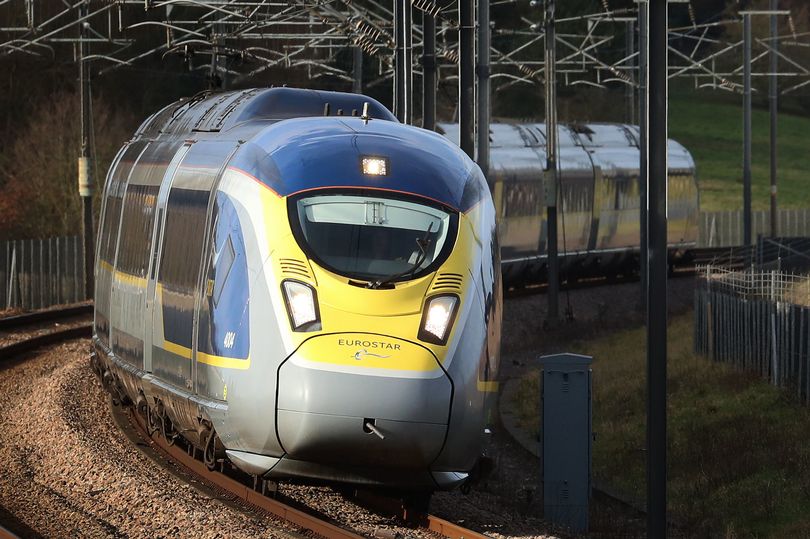St Pancras International Expands to Meet Growing Demand for Sustainable Travel
St Pancras International, one of the UK’s busiest railway stations, has announced ambitious expansion plans aimed at handling a significant increase in passenger numbers over the next few years. The initiative is designed to support the growing demand for sustainable cross-border travel and ensure the station remains a key hub for international rail services.
Earlier this month, St Pancras Highspeed and Eurostar signed a letter of intent to explore ways to expand the station’s capacity. This move follows an independent study commissioned last year, which examined how the station could evolve to meet rising visitor numbers. The partnership aims to future-proof the station and enhance its ability to accommodate more travelers efficiently.
Rail UK has appointed architecture practice Hawkins\Brown to conduct a detailed design and feasibility study. This will help determine how the station can be reimagined to handle more passengers while improving operational efficiency. The project will be carried out in three phases, with the goal of enabling the station to process up to 5,000 passengers per hour by 2028. The third phase, set to take place in the 2030s, will focus on long-term opportunities for growth, including the potential relocation of the arrivals flow to an upper level.
Richard Thorp, chief operating officer at London St. Pancras Highspeed, expressed enthusiasm about the collaboration with Eurostar. He stated that the station is “delighted” to be working together to expand its capacity and ensure it is optimized for the growing demand for international train travel. “With a shared ambition and collaborative approach, we can ensure our iconic station is ready to support this demand,” he said.
Simon Lejeune, from Eurostar, welcomed the news, highlighting the importance of enhancing the customer experience and reimagining the space for the future. He described Eurostar as the “green gateway to Europe” and emphasized that the project will play a crucial role in supporting the company’s growth plans. Eurostar is set to expand its fleet from the early 2030s, increasing services to France, Belgium, the Netherlands, Germany, and Switzerland.
The concept design and feasibility study are expected to be completed by the end of the year, after which a formal design and construction plan will be developed. At this stage, no official costs have been disclosed.
Competition Gears Up for Cross-Channel Routes
The announcement comes amid increased interest in the Temple Mills depot site, which has been under scrutiny for its potential to accommodate more trains. A recent report by the Office of Rail and Road (ORR) found that there is currently some available capacity at the depot for additional trains to be stabled, serviced, and maintained.
This development has been welcomed by Virgin Group, which claims it is now “ready to take up the challenge” of launching high-speed passenger train services through the Channel Tunnel. A spokesperson noted that the Temple Mills depot is the only facility in the UK capable of accommodating European-style trains, and previous claims of full capacity had hindered Virgin’s entry into the market.
French manufacturer Alstom is also showing interest in the depot. It recently signed an €850 million contract to provide and maintain 12 of its double-decker trains for Proxima, a private operator in France, as well as for France’s state-owned SNCF. Alstom’s CEO, Henri Poupart-Lafarge, has suggested that the new fleet could lower fares and increase capacity in the Channel Tunnel. However, regulatory approval is required before the trains can operate.
Eurostar’s Major Investment in Future Services
In addition to these developments, Eurostar has committed to a major investment of €2 billion (approximately £1.7 billion). Last month, the company announced plans to launch a fleet of up to 50 trains by the early 2030s, operating three new direct routes. These expansions aim to improve connectivity between London and several European destinations.
As the UK continues to invest in its transport infrastructure, St Pancras International is poised to become even more central to cross-border travel. With a focus on sustainability, efficiency, and innovation, the station is set to play a vital role in shaping the future of rail travel in the region.






